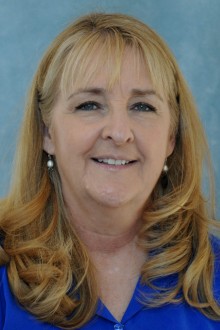
Johanna Nicholas
Program in Audiology and Communication Sciences
Washington University School of Medicine in St. Louis
jnicholas@wustl.edu
 |
Johanna Nicholas Program in Audiology and Communication Sciences Washington University School of Medicine in St. Louis jnicholas@wustl.edu |
| Participants: | 45 |
| Type of Study: | naturalistic |
| Location: | USA |
| Media type: | no longer available |
| DOI: | doi:10.21415/T50604 |
Nicholas, J. G. and Geers, A. E. (1997). Communication of oral deaf and normally hearing children at 36 months of age. Journal of Speech, Language, and Hearing Research, 40, 1314-1327.
In accordance with TalkBank rules, any use of data from this corpus must be accompanied by at least one of the above references.
These transcripts were created for study of the verbal and nonverbal communicative behavior of both typically-developing, normally-hearing children and those with a severe-profound hearing loss. All of the children with hearing loss were enrolled in an auditory-oral educational program and therefore what is transcribed is primarily spoken English.
The study is composed of two sections: a cross-sectional study and a 36-month study. The cross-sectional study examined children at 12, 18, 24, 30, 36, 42, 48, and 54 months. There were 96 normally hearing participants located through local birth records and 43 children with hearing loss. In the 36-month study, there were 18 normally hearing participants located through local birth records and 18 children with hearing loss. Important note: 15 of the 18 deaf children did not have a cochlear implant at the time of this study. Therefore, the language contained in these transcripts is representative of children with these characteristics in the days before cochlear implantation and may be significantly different from otherwise comparable children who received a cochlear implant at a young age along with intensive auditory-oral instruction. Specific audiological information is available from the researcher donating the transcripts.
These transcripts were created from videotaped play with a parent. Each session was approximately 30 minutes in length and time codes are interspersed throughout. The child-parent dyad were provided with 4 successive sets of toys during the 30 minutes and asked to play naturally, using whatever toys were of interest to the child. Parents were encouraged to use the time to have fun with their child and not to use the session as a “teaching session”.
A few of the children in this study had been exposed to signed English, either informally or formally before beginning their auditory-oral education and therefore there are some instances in which informal or formal signs appear in the transcripts. These are marked on the transcript and a key to these is available from the donating researcher.
All transcripts were created by trained graduate students in the field of speech and hearing and were verified by certified Teachers of the Deaf. The sessions were transcribed at the word level (not “morphemicized”). They were later coded for communicative function but those codes are not included in these files.